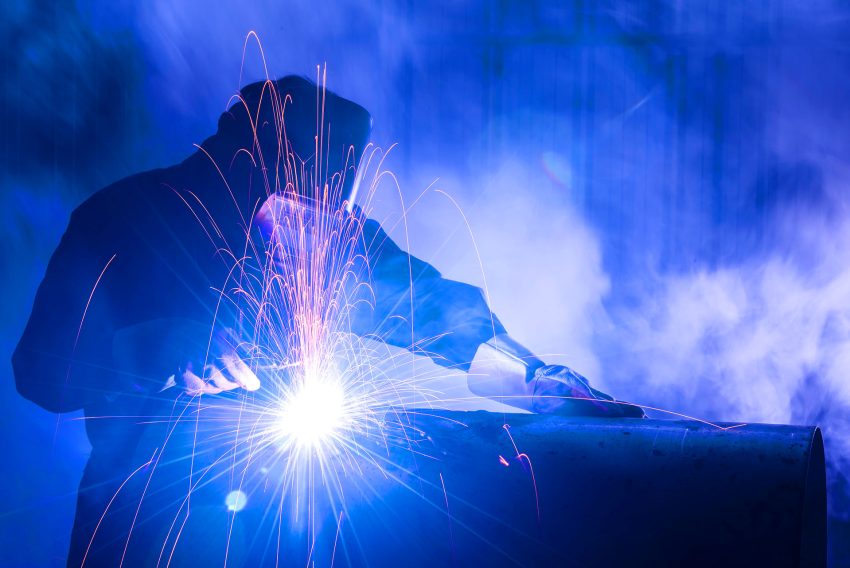
Ergonomics isn’t just a buzzword; it’s a critical factor in the modern welding environment.
In the world of welding, skill, and precision are paramount. But there’s another crucial factor that often goes overlooked: ergonomics. By creating a workspace that prioritizes comfort and efficiency, welders can not only improve their output but also safeguard their health. Let’s dive into how ergonomics can transform the welding environment and boost productivity.
The Essence of Ergonomics in Welding
Ergonomics isn’t about forcing welders to adapt to their workspace. Instead, it’s about tailoring the environment to suit the welder’s needs. This science of efficient design aims to:
- Prevent injuries and disorders
- Enhance safety, health, and productivity
- Reduce compensation costs and absenteeism
- Ensure compliance with regulations
When implemented correctly, ergonomics can lead to increased comfort, improved quality, and higher production rates – a win-win for both welders and employers.
Identifying Ergonomic Challenges in Welding
Welding introduces unique ergonomic challenges, often requiring awkward body positions for extended periods. Some common issues include:
- Excessive reaching and bending
- Heavy lifting and continuous force application
- Working with vibrating equipment
- Repetitive motions
- Awkward postures
- Temperature extremes
Recognizing these challenges is the first step towards creating a more ergonomic welding environment.
Practical Solutions for a Comfortable Welding Workspace
1. Redesign with Welder Input
Involve your welders in the redesign process. Their insights can lead to more effective solutions and increased acceptance of changes.
2. Optimize Body Positioning
- Avoid fixed work positions that reduce blood flow
- Keep elbows close to the body
- Minimize arm positions above shoulder level
3. Tool and Equipment Modifications
- Use lighter hand tools
- Suspend tools to reduce strain
- Provide elbow support
- Utilize jigs and fixtures for better positioning
4. Workstation Design Considerations
- Adjust the position of work to suit the welder
- Consider the physical abilities of individual welders
- Design tools with ergonomics in mind
- Optimize workspace factors like lighting, temperature, and noise levels
5. Rest and Recovery
Provide sufficient rest periods to prevent fatigue and repetitive strain injuries.
The Impact of Ergonomics on Welding Efficiency
By implementing ergonomic principles, welding operations can see significant improvements:
- Reduced Injury Rates: Proper ergonomics can prevent common welding-related injuries, reducing downtime and worker’s compensation claims.
- Increased Productivity: Comfortable welders can maintain focus for longer periods, leading to higher output and better quality work.
- Improved Morale: When welders feel their well-being is prioritized, it can boost job satisfaction and overall workplace morale.
- Long-term Cost Savings: While initial ergonomic improvements may require investment, the long-term benefits of reduced injuries and increased productivity often outweigh the costs.
Conclusion
Ergonomics in welding is not just about comfort – it’s about creating an environment where welders can perform at their best while protecting their health. By recognizing ergonomic challenges and implementing practical solutions, welding operations can boost efficiency, improve quality, and create a safer, more productive workplace. Remember, a comfortable welder is an efficient welder, and in the world of welding, that can make all the difference.
Source : November 2022 Volume 101 Number 11 PG 49 “Ergonomics in the Welding Environment”
